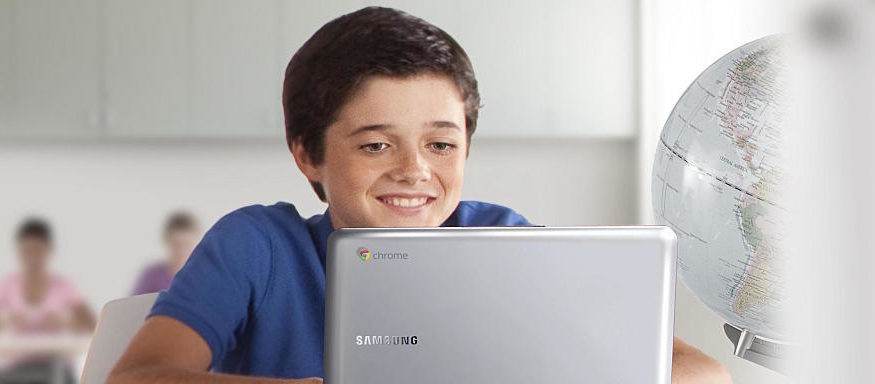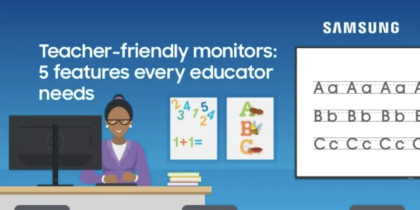Over the past 10 years, Twitter has grown from a place to tell people where you are and what you’re eating, to an important business and education tool. Many teachers use it for professional development, connecting with a personal learning network (PLN) of like-minded educators and staying up to date on developments in their content area. Others are using Twitter in the classroom to share information with their students, find outside subject matter experts and craft engaging assignments.
Using Twitter to Connect With Students and Parents
Class hashtags make an easy way for teachers to keep students in the loop and remind them of important dates. For example, students can follow #MrsDubinEnglish to get reminders of class work, reading and assignment due dates. Teachers can also share their hashtag with parents to keep them informed about what their kids are doing in and out of class. This type of home-school connection can be especially useful for parents who are no longer together to keep both parents up to date. Teachers can also use their class hashtag to stay connected on field trips, so students who are ill or otherwise couldn’t attend can still feel like part of the trip, and parents who worry can be sure things are going well.
Before using Twitter with students, teachers should be aware of their school’s policies on connecting with students and using social media in education. Involving parents and using their hashtag on all tweets with students keeps things transparent and avoids any confusion about roles. Teachers should also monitor the hashtag to ensure that conversations among non-students remain appropriate.
Finding Experts on Twitter
Teachers in all grades use Twitter to connect with experts on particular subjects and ask them to interact with their students. They can monitor hashtags for a given topic, and follow businesses and professionals in fields their students are interested in and find professors and other experts who can help teach new things to their students.
These teachers often connect on Twitter, hosting chats during class using the projector and their computer. These interactions are valuable to students because they provide real-world interaction with experts and demonstrate the use of social media for business and educational purposes — not just for fun. It also provides a written record for teachers and students in other classes studying the same subject. And because the teacher controls the communication, this method works even for younger students who might not be able to type questions as well.
Other teachers use Twitter for the initial conversation, and then connect using video conferencing. These types of interactions are also valuable because they give students direct access to an expert and make it easy for students to ask their own questions directly.
Older students whose parents approve of social media use can connect with subject matter experts on their own time, using the models they’ve learned from their teachers to communicate professionally. This allows students to manage independent research for a paper or other classroom project.
Using Twitter for Homework and Practice
One of the most exciting ways teachers are using Twitter in the classroom is by challenging students to use the tool to complete assignments. They can craft haikus and poems and tag their teachers to submit their assignments. They can also write an entire story in a series of successive tweets, as some professional writers have done.
Teachers can also assign homework in other subjects, posting Twitter quizzes that allow students to answer a math or science question. The key is to write a question that can be easily answered within the 140-character limit, or teachers can create Twitter scavenger hunts to guide an assignment outside of class. They can tweet clues or items for students to look up, and students can respond to their teachers. This can be a really engaging way to help students study for tests or prepare for a new unit.
Now that Twitter is 10 years old, it’s become a much more valuable social media tool for education than many expected. It will be interesting to see what new ways teachers begin to use it both in and out of the classroom in the next decade.
Learn more about how teachers are incorporating digital literacy into their students’ lessons.







